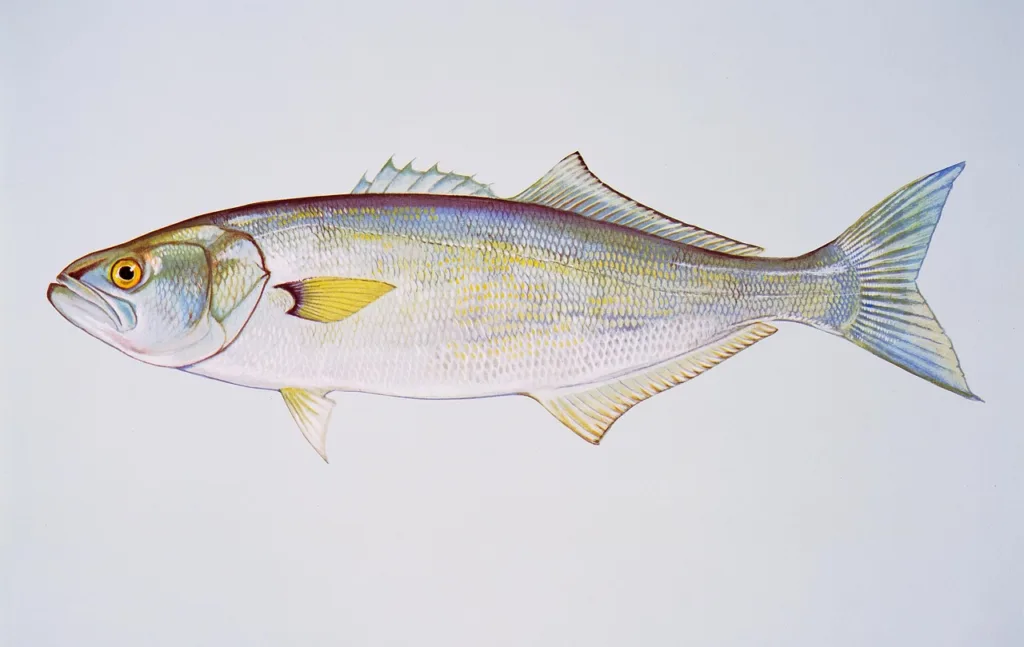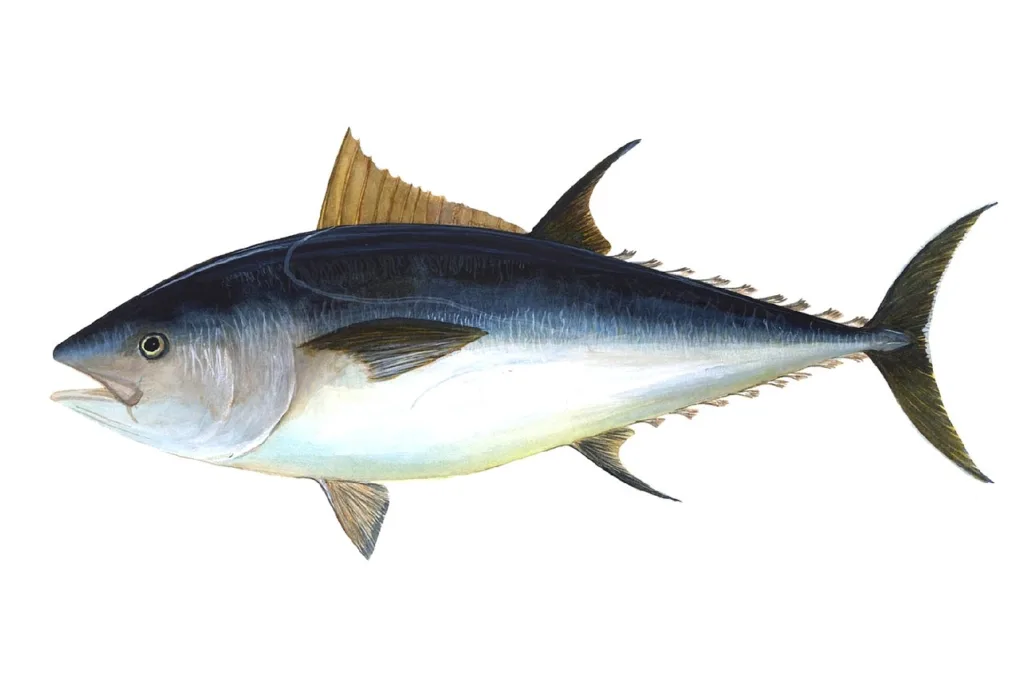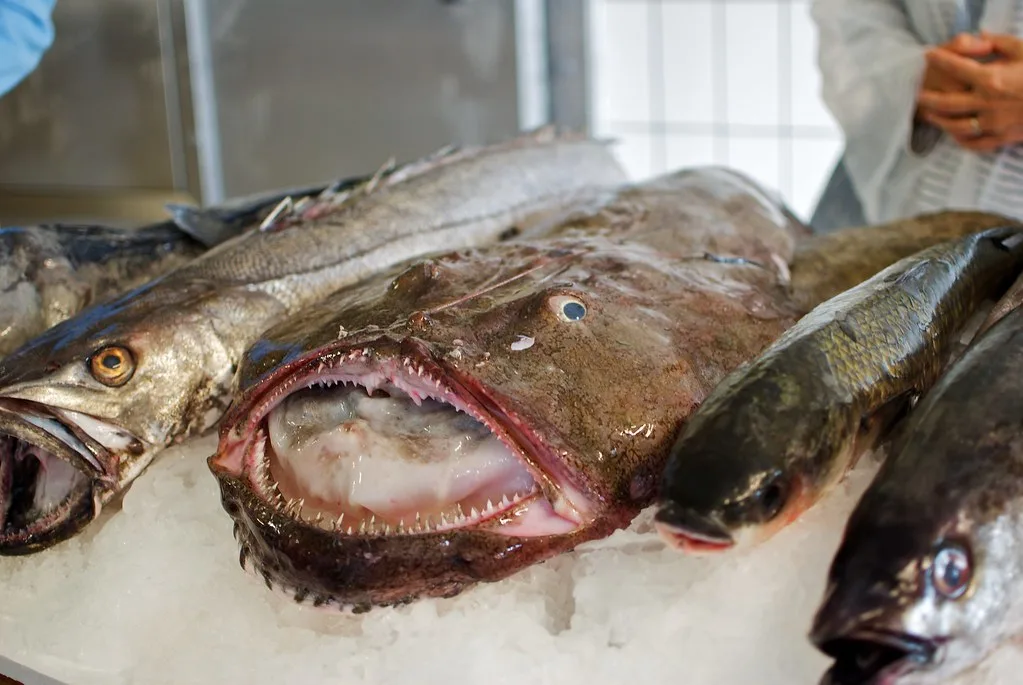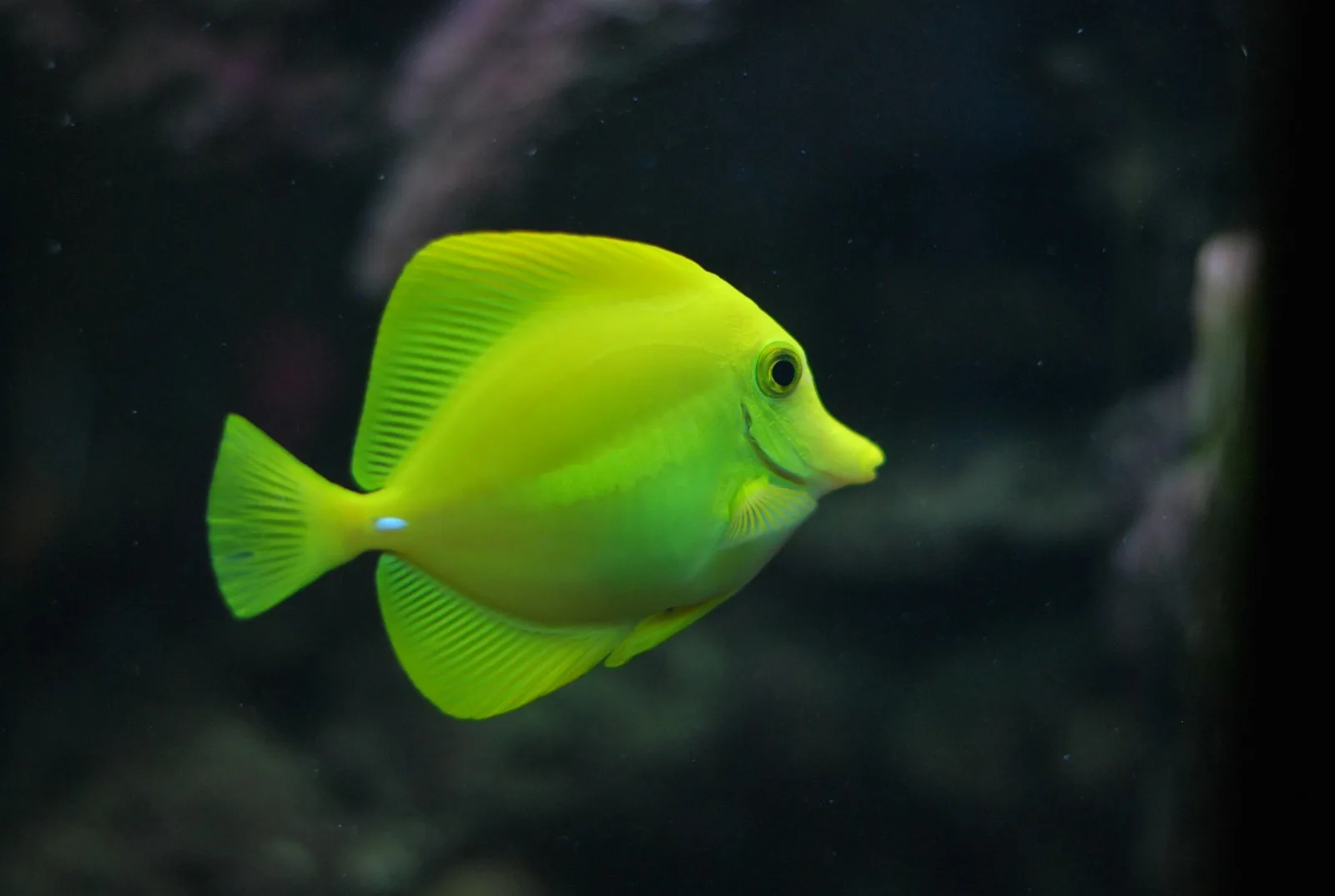There are countless fish recipes that may make a lean, protein-rich suppertime favorite, regardless of your cravings—from spicy tuna rolls to a lovely piece of grilled salmon. However, which fish species are safe to consume frequently and which should be avoided?
Cost and nutritional health are the two main factors to consider when deciding which fish can be eaten safely each week. Fish eaters frequently worry about mercury because most seafood contains it and consuming large amounts of it can have negative health effects. Because fish is frequently more expensive than other types of meat, seafood can also make eating out difficult financially.
A significant consideration in determining which fish are safe to consume regularly and which are not is sustainability. For seafood enthusiasts, several fish species are worth catching because they reproduce reasonably readily and may be raised or harvested without endangering the species or the ecosystem. On the other hand, the living conditions of certain fish are more sensitive and can be quickly disturbed by overfishing.
Table of Contents
8 Fish You Should Avoid
Bluefish

Bluefish, sometimes referred to as snapper, has a taste that is especially fishy and a delicate flesh structure. Bluefish can be poached or smoked, but it tastes best when it’s baked, grilled, or pan-fried. Fresh bluefish typically costs between $12 and $30 per pound, depending on the locale, season, and fillet quality.
The first is that bluefish does not store well, which is one of the few reasons it should not be consumed frequently. Bluefish spoils easily and does not freeze well, therefore it is best to cook it as soon as possible once it is caught. In addition to being a predator and having a high mercury content, bluefish are currently in danger of being overfished, despite continuous conservation efforts to increase their numbers. Because of all of this, choosing bluefish is not only potentially dangerous but also unsustainable. Since bluefish frequently include PCBs (polychlorinated biphenyls), which are extremely hazardous, this is one that is best avoided or reserved for special occasions.
Bigeye Tuna

Bigeye tuna is another variety that is best consumed sparingly, if at all. As a kind of ahi, bigeye and yellowfin tuna are primarily caught in warm or temperate regions of the world. Bigeye tuna is a common ingredient in Japanese cuisine, particularly in sushi and sashimi, because of its meaty flavor, high fat content, and vivid red color when raw. It can be prepared similarly to a steak. The price range for bigeye might vary significantly depending on the fillet’s quality and the season. It is not the most expensive form of tuna available, coming in second behind bluefin at $40 to $200 a pound.
Bigeye tuna’s high mercury content raises health concerns, but the species has also been designated as vulnerable by the International Union for Conservation of Nature due to population declines over the past few decades. The Pacific Ocean sustainably fishes for bigeye, whereas the Atlantic and Indian Oceans overfish them.
Saltwater Bass

Worldwide, saltwater bass, often known as sea bass, is a highly sought-after catch for recreational anglers. They are commonly found in both the Atlantic and Pacific Oceans, depending on the species. They have a characteristic salty flavor that is typical of saltwater fish, and their meat is lean and soft and flakes readily when cooked. Although prices vary greatly, catching a pound of Chilean sea bass can often cost more than $30.
The primary reason not to overindulge is conservation, even though saltwater bass typically has mercury levels in the middle of fish populations. Given the popularity of prize fishing, stocks of Chilean sea bass, commonly referred to as Patagonian toothfish, are particularly difficult to replenish due to their slow growth. Among saltwater bass species, this one has one of the highest mercury burdens. It is more difficult to fish for other varieties of sea bass at scale, such as calico bass or sand bass, because they do not get as big.
Monkfish

Anglerfish, or monkfish, are a challenging variety of fish for several reasons. Monkfish, another incredibly adaptable option, with a sweet flavor that some diners equate to lobster meat. It can be prepared in a multitude of ways, including pan-frying, grilling, or baking. Monkfish fillets range in price from $7 to $20 a pound, depending on quality. They can be purchased fresh or frozen, and the two most popular types are the black-bellied and white monkfish, which are prized for their chewy, hearty texture.
As mercury levels in a fish’s system rise with length of life, it is best to avoid eating monkfish, which can occasionally live up to ten years or longer. The general size of the monkfish population is unknown, hence there are no conservation warnings in effect, however fishing limitations are in place to guarantee overall sustainability.
Farmed Salmon

Even while farmed salmon is more widely available, it may often be purchased for less money than its wild-caught cousin. It’s a relatively affordable fish, weighing about $6 to $7 per pound, and frozen fillets are readily available at most grocery stores in the country.
However, there are a few reasons why wild-caught salmon is preferable to farmed salmon. Generally speaking, salmon—farmed or caught—has lower levels of mercury, PCBs, and other toxins than many other fish species, yet some studies indicate that farmed salmon may have higher levels than other fish. Farmed salmon is superior than farmed salmon if you’re looking for a salmon choice that still has a better level of health advantages.
Farmed salmon is also somewhat higher in fat and lower in protein, and it has lower percentages of B vitamins and other elements. It’s also important to remember that salmon farming uses net enclosures that are susceptible to pollution and sea lice, and there are worries that escaping fish could disturb the natural habitat in which they are raised.
Orange Roughy

Orange roughy, sometimes called red roughy, slimehead, or deep sea perch, is a somewhat pleasant fish with a flaky, moist texture. Premium cuts of fresh orange roughy can fetch hundreds of dollars, while frozen packs of orange roughy fillets can occasionally be obtained for as little as $10 per 12-ounce bag. That being said, because of the limits imposed by different authorities to stop overfishing, this fish is quite uncommon.
There are two main reasons orange roughies are harmful. First of all, they can live up to 100 years old, which is an exceptionally long lifespan. This indicates that compared to younger fish, they have a significantly greater chance of absorbing pollutants and retaining mercury. Second, orange roughy populations are especially vulnerable to overfishing because of their poor rate of reproduction. Because of this, conservation initiatives advise against eating them at all to give the species a fair chance to repopulate.
Imported Longline Mahi Mahi

The firm meat and mild flavor of mahi mahi, also referred to as dolphin fish, are similar to those of swordfish. It costs between $15 to $40 per pound on average, and it makes a delicious substitute for meat when grilled or barbecued like a steak fillet or added to tacos or other small meals. It can be used in recipes for sushi and sashimi and is safe to eat raw.
Although most varieties of mahi mahi only have low levels of mercury, not all varieties should be avoided; nevertheless, imported longline mahi mahi is an especially unsustainable and environmentally harmful option. For longline fished mahi mahi from Guatemala, Costa Rica, Panama, Peru, Ecuador, Indonesia, and Taiwan, bycatch—the unintentional entanglement of other marine creatures, such as turtles and dolphins—is a significant concern. Mahi mahi from these places should be totally avoided, as bycatch can destroy the region’s natural ecosystem.
Atlantic Halibut

Halibut is rich in phosphorus, magnesium, and vitamins B6 and B12. It can be prepared in a variety of delectable ways. Lean protein, potassium, and calcium are added to complete this extremely nutrient-dense fish. Although prices vary, halibut that has just been caught usually costs between $20 and $40 per pound.
Halibut is still a good food, but it’s best avoided. The high mercury content of Atlantic halibut has resulted in several advisories because of overfishing in some places, bycatch, and wasteful fishing methods that contaminate habitats with waste products and biologically hazardous compounds. Furthermore, there is no guarantee that organizations will be able to predict with any degree of accuracy when halibut populations will stabilize. Although the mercury content in Pacific halibut is comparatively lower than that of Atlantic halibut, it is nevertheless recommended to steer clear of it.
read also : 8 Fish You Should Eat or Buy
8 Fish You Can Eat Regularly And 8 You Should Avoid (msn.com)


1 thought on “8 Fish You Should Avoid”